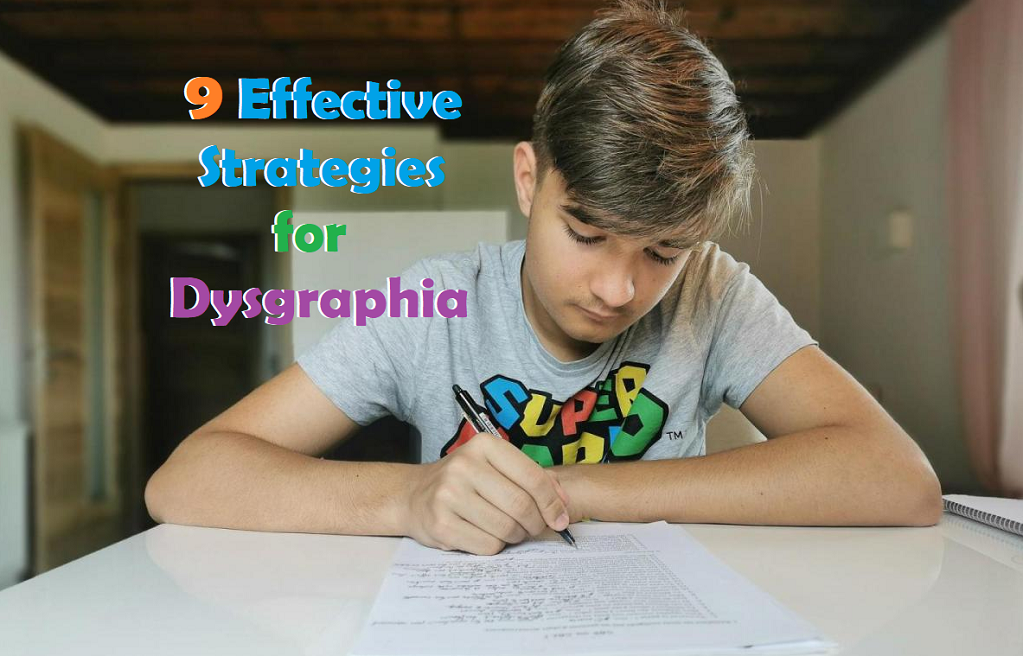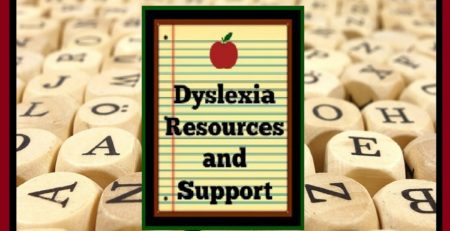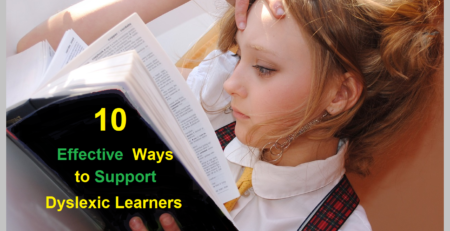9 Effective Strategies for Dysgraphia
Dysgraphia is a challenge for many. Dysgraphia is a neurological disorder that affects a person’s ability to produce written language. It can include difficulties with handwriting, spelling, and forming sentences. People with dysgraphia often have difficulty organizing their thoughts and may experience frustration when having to write down their ideas. Dysgraphia can affect individuals of any age and can be a significant source of difficulty in school, work, and everyday life. Additionally, there is evidence that dysgraphia can be linked to other learning disabilities, such as dyslexia or ADHD. Fortunately, there are strategies and accommodations that can help people with dysgraphia improve their written language skills.
9 Effective Strategies to Help Children and Adults with Dysgraphia
1. Use assistive technology tools and devices.
-
- Portable writing devices like laptops, tablets, and other devices can provide needed support for challenged writers.
- Provide mp3 players or other recording hardware for oral presentation of completed work.
- Use a subscription-based tool like Ghotit (Premium) for writing and reading support.
2. Provide extra time for written assignments and tests.
-
- Allow for a specific amount of additional time to complete writing work.
- Permit a pre-determined amount of time to complete quizzes and tests.
3. Break down writing tasks into smaller components or “chunks.”
-
- Fold a worksheet into sections so only one part is visible for work.
- Cover areas of a worksheet not needing immediate attention.
- Cut apart a worksheet (if permitted) into portions of work. Reassemble when completed.
4. Change the paper used for writing assignments.
-
- Consider providing paper with raised lines to enable more spatial control of letter formation.
- Use highlighted paper to help with spatial control, too.
- Use colored paper instead of white to provide more visual comfort.
5. Change the writing tool used.
-
- Use a chunkier writing instrument.
- Slide a pencil or pen grip onto a writing instrument to anchor fingers.
- Try a rollerball-type, gel pen to enable ease of hand/finger movement.
- Allow for written work to be done with a dry erase marker on a dry erase board.
- Wrap a rubber band around the barrel of a pen/pencil for easy gripping.
6. Introduce fine motor control exercises to strengthen fingers, hand, and wrist.
-
- Consider using exercises to enhance muscle control.
- View and implement the exercises demonstrated in the video entitled Finger Gym Warm-Ups for Writing with Pencil (OT-Guided Exercises for Kids at Home and School) (For Young Children).
- Use the finger exercises from OT Mom to help ready hands for writing (For K-8). Additional exercises also available via this same link.
7. Make use of other multi-sensory options for expression.
-
- Try “air writing” letters or words prior to writing the actual assignment.
- Provide materials for “sensory writing” (shallow pan of sand or shaving cream on a hard surface).
- Allow for a voice recording of the completed assignment as an alternative.
8. Create, print and provide graphic organizers to help collect and categorize information and ideas.
-
- Use Graphic Organizer Maker (FREE online resource) to design your own original graphic organizers to suit your needs.
- Use Glorify (FREE version) to create a variety of graphic organizers.
- Download and print read-to-use graphic organizers from Super Teacher Worksheets.
9. Make use of online AI (artificial intelligence) tools available for writing content, etc.
-
- Use maker.ai (with a 7-day FREE trial) for generating content in paragraph form. Can also be used to “jumpstart” writers who have difficulty formulating and organizing ideas.
- Use SEOMagnifier (FREE Unlimited) for content-generation support when writing articles, posts and other content.
With the help of these strategies and others, individuals of all ages with dysgraphia can obtain the support and develop the skills needed to express themselves effectively through written language.
Sources
8 Strategies to Beat Dysgraphia – by Meg Grooms, Gameschool Academy
Graphic Organizers – by Learning Disabilities Association of America (LDA)
8 Tools for Kids with Dysgraphia – by Kate Kelly, Understood.org
Types of Pencil Grips – by Regina Parsons-Allen, The OT Toolbox







